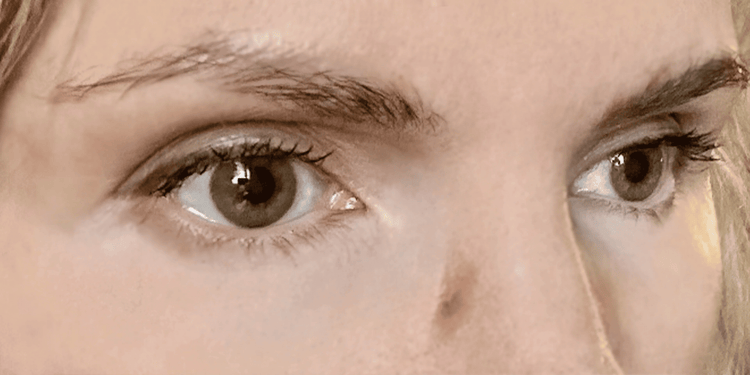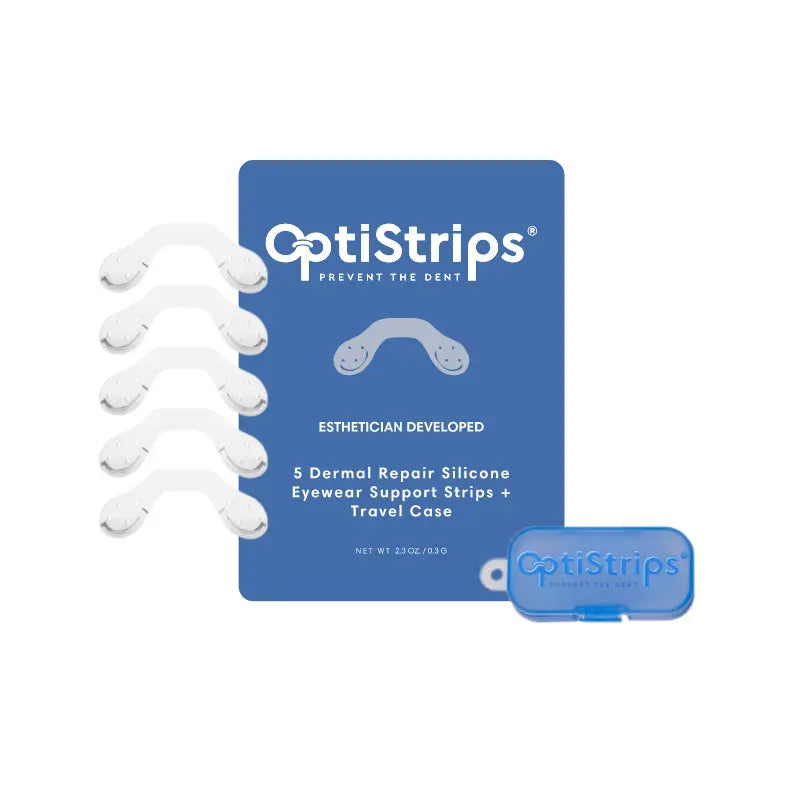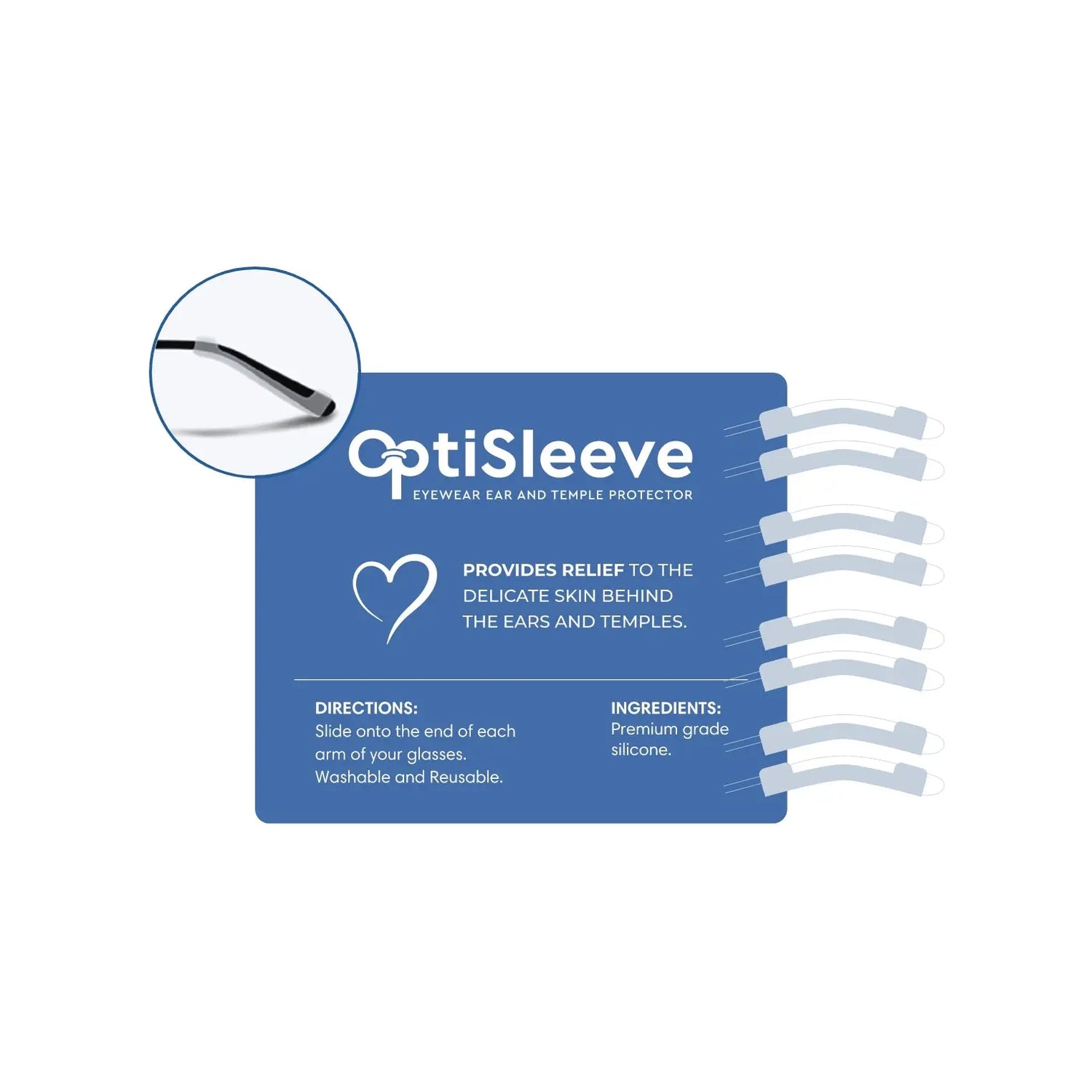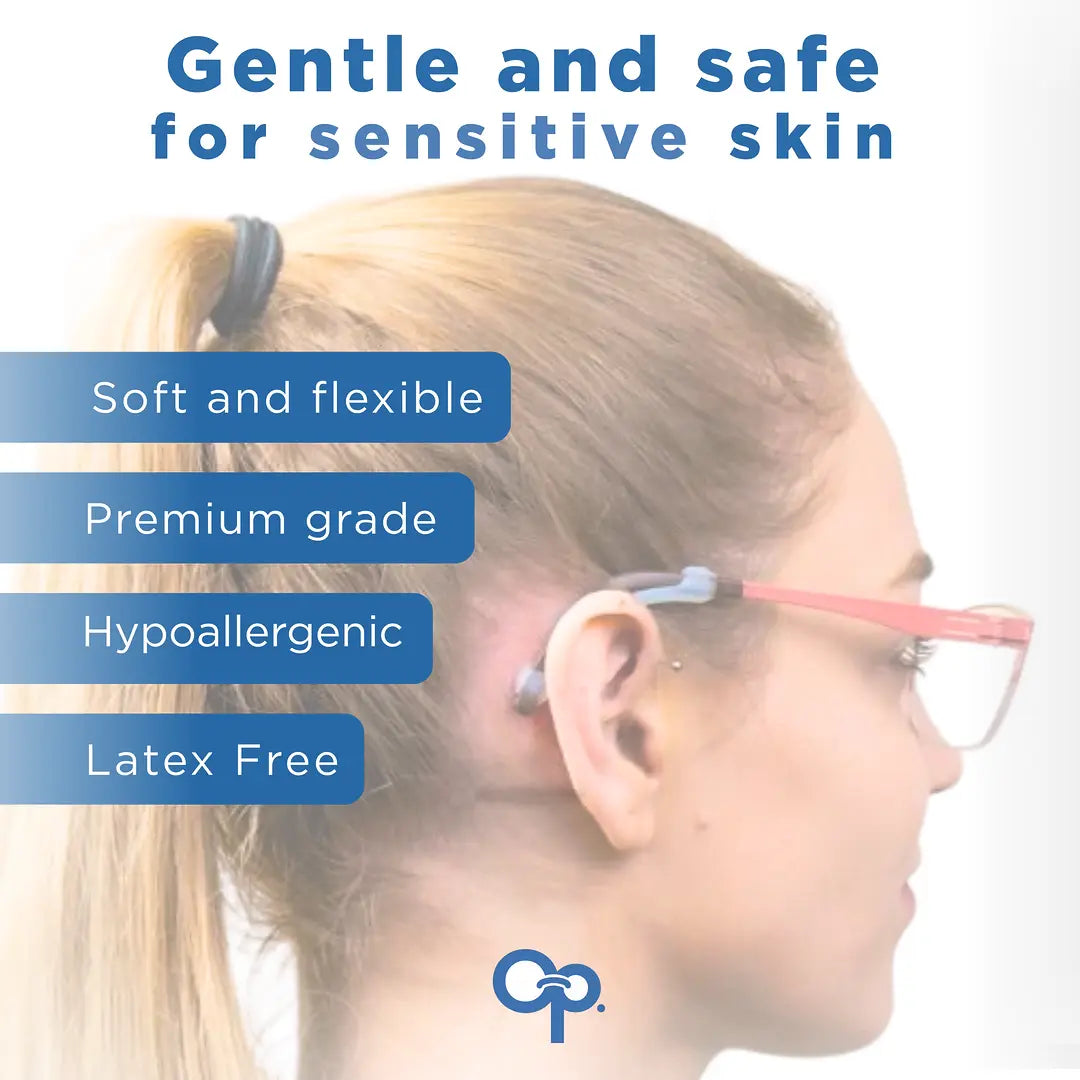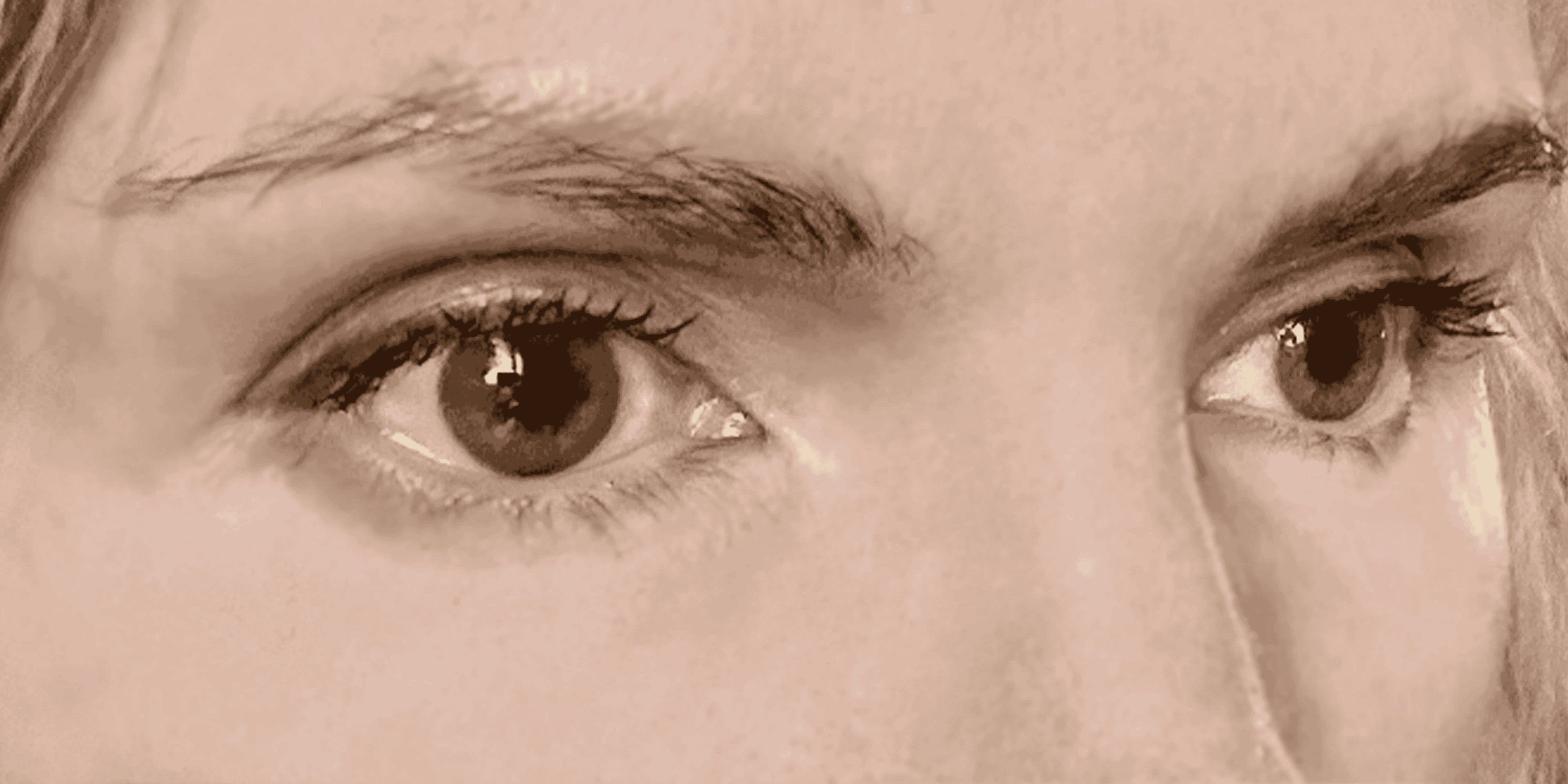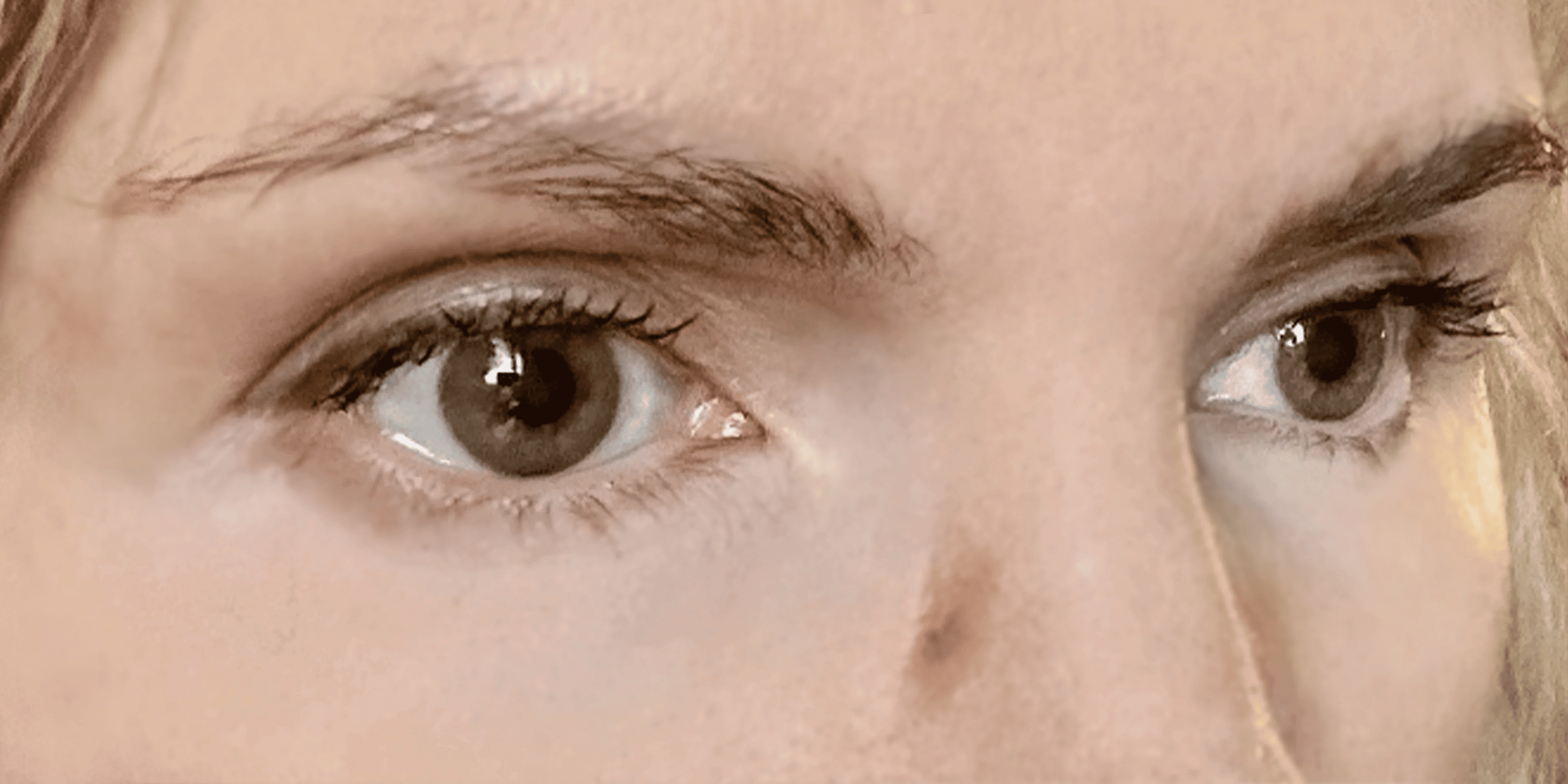Shop Our Products
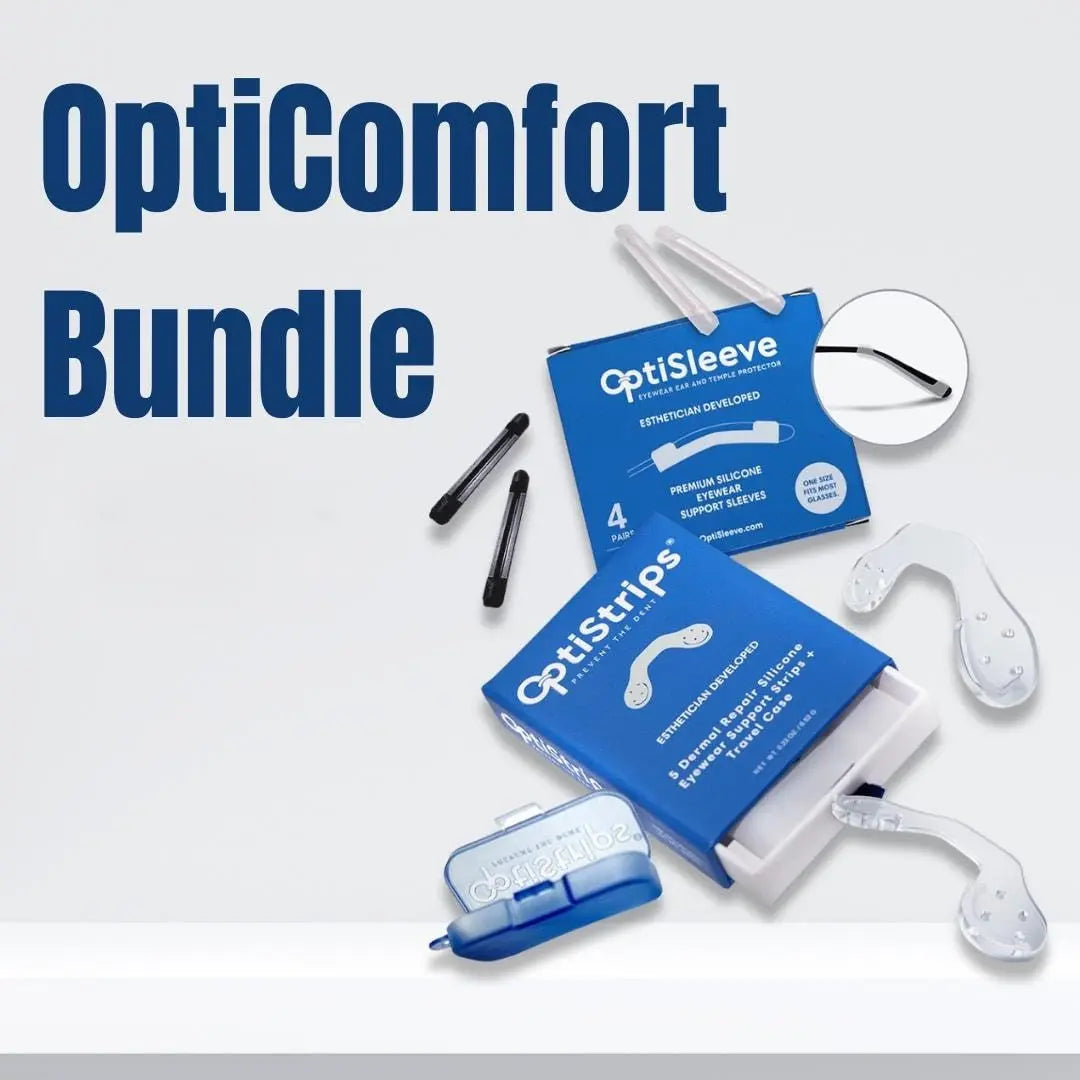
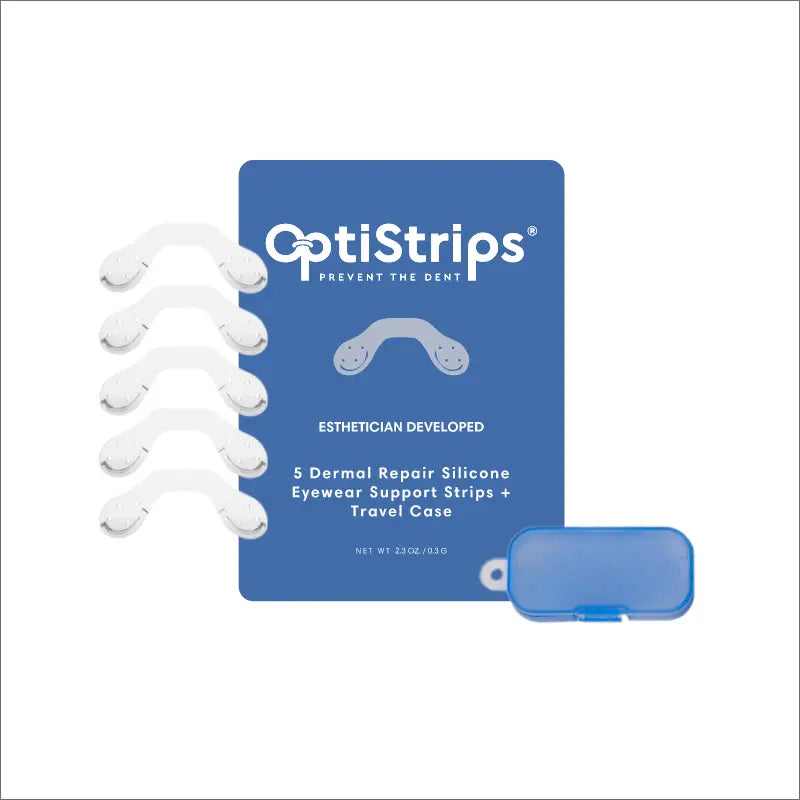
OptiComfort Bundle, Anti-Slip Eyeglass Accessories Set with Silicone Nose Pads & Ear Grips for Glasses, Sunglasses & Safety Eyewear
OptiComfort Bundle, Anti-Slip Eyeglass Accessories Set with Silicone Nose Pads & Ear Grips for Glasses, Sunglasses & Safety Eyewear
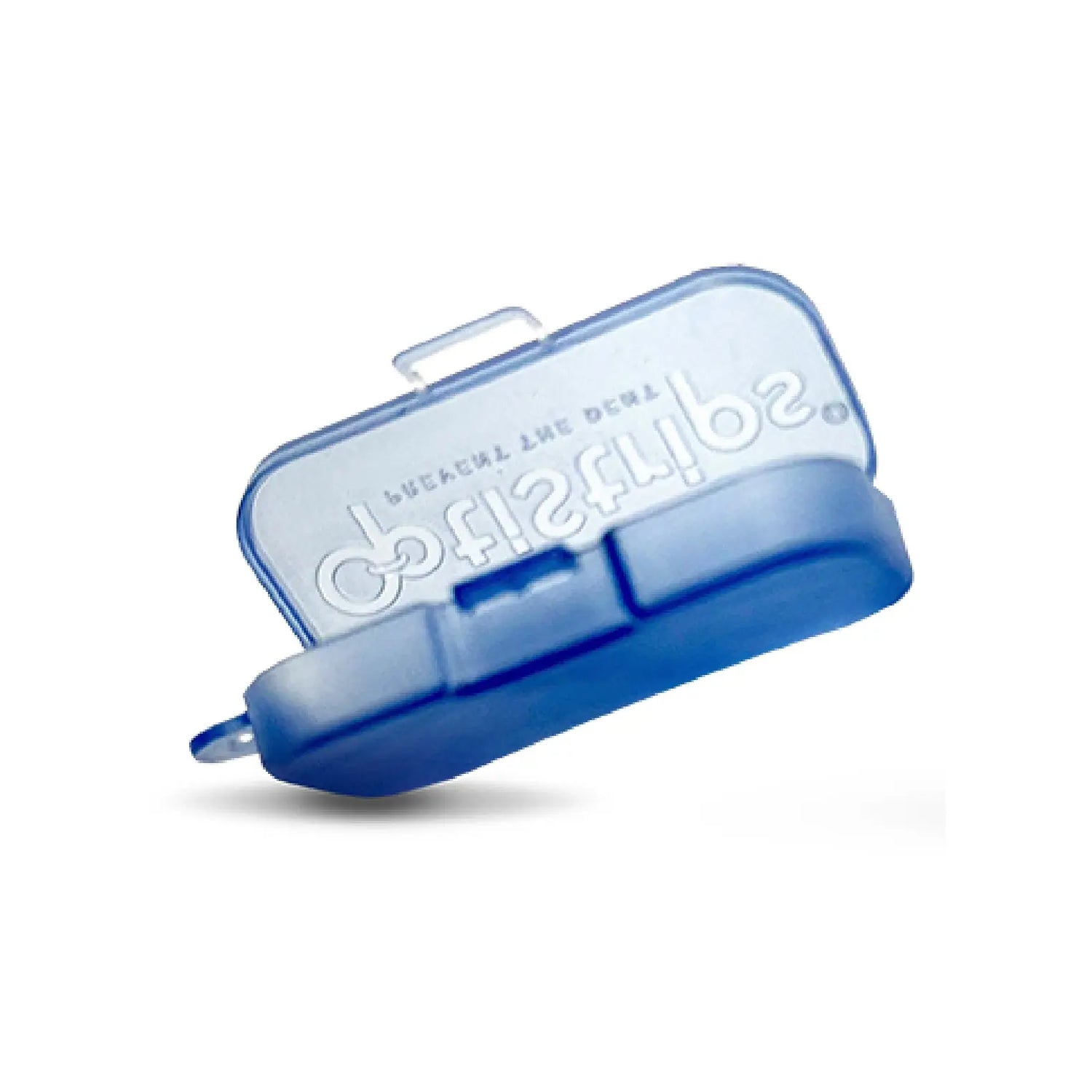
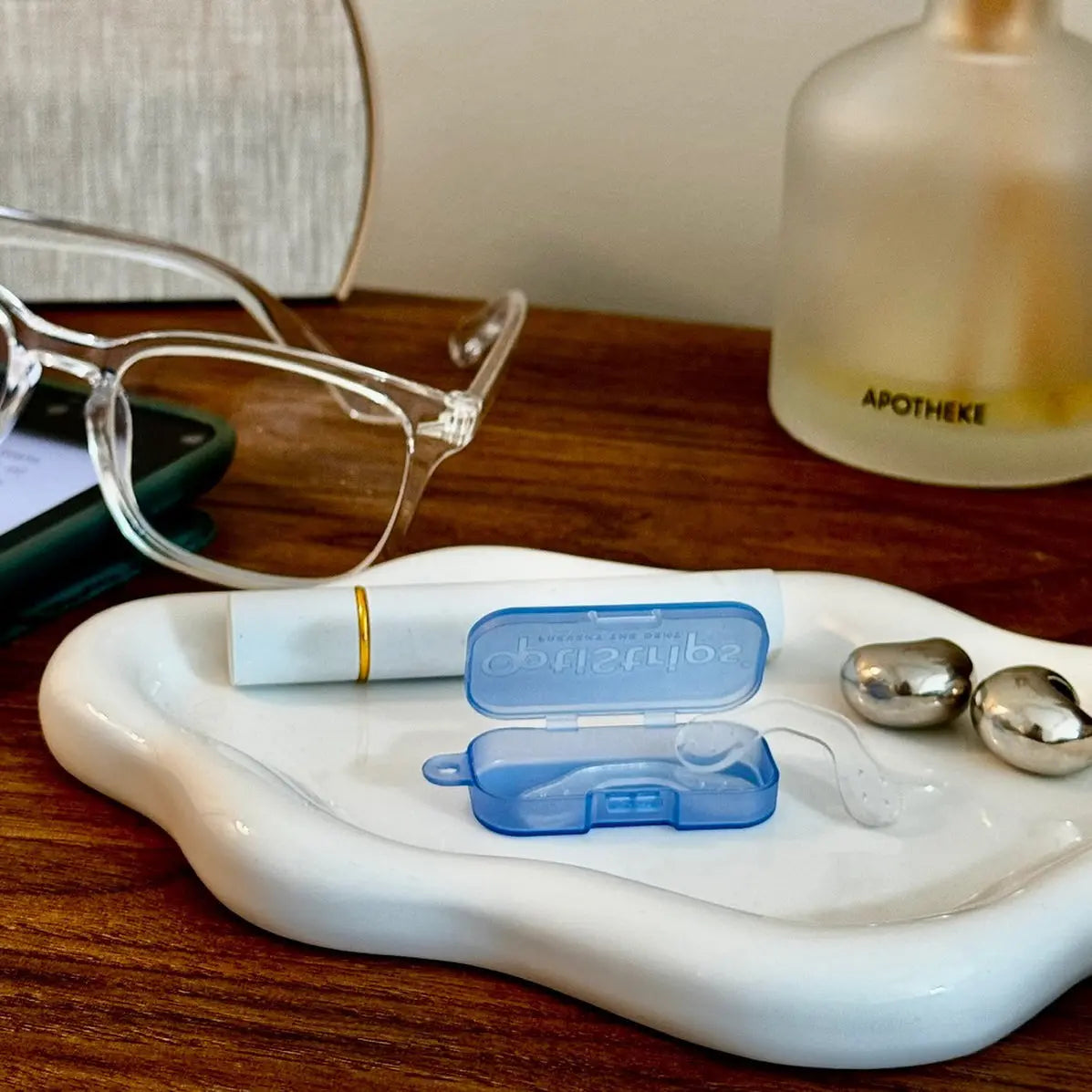
Optistrips Nose Pad Travel Case – Compact Storage for Replacement Nose Pads
Optistrips Nose Pad Travel Case – Compact Storage for Replacement Nose Pads
Silicone Innovation
OptiStrips are crafted from high-quality silicone, a material renowned for its soft touch, flexibility, and hypoallergenic properties. This means no more marks, irritation, or discomfort from wearing glasses. Silicone is not only gentle on your skin but also incredibly durable, ensuring OptiStrips provide long-lasting comfort for daily wear
OptiStrips Application Guide
-
Step 1: Unbox Your OptiStrips
When you open your OptiStrips box, you'll find a bag containing an instruction sheet with helpful tips. Inside the bag, there’s a travel case and a small packet with your OptiStrips.
-
Step 2: Clean Skin
If you’re wearing makeup or skincare products, you don’t need to wash your entire face. Simply use a cleansing wipe to clean the area where you’ll be applying the strip.
-
Step 3: Prepare OptiStrips
Peal backing off the OptiStrips
-
Step 4: Apply the Strip
Place the strip on the center of your nose bridge, aligning the ends to the spots where your glasses usually leave marks.
-
Step 5: Remove and Store the Strip
When removing the strip, gently peel from each end. Wash it with water and let it air dry face-up. Store it in the travel case, so it’s ready for next time.
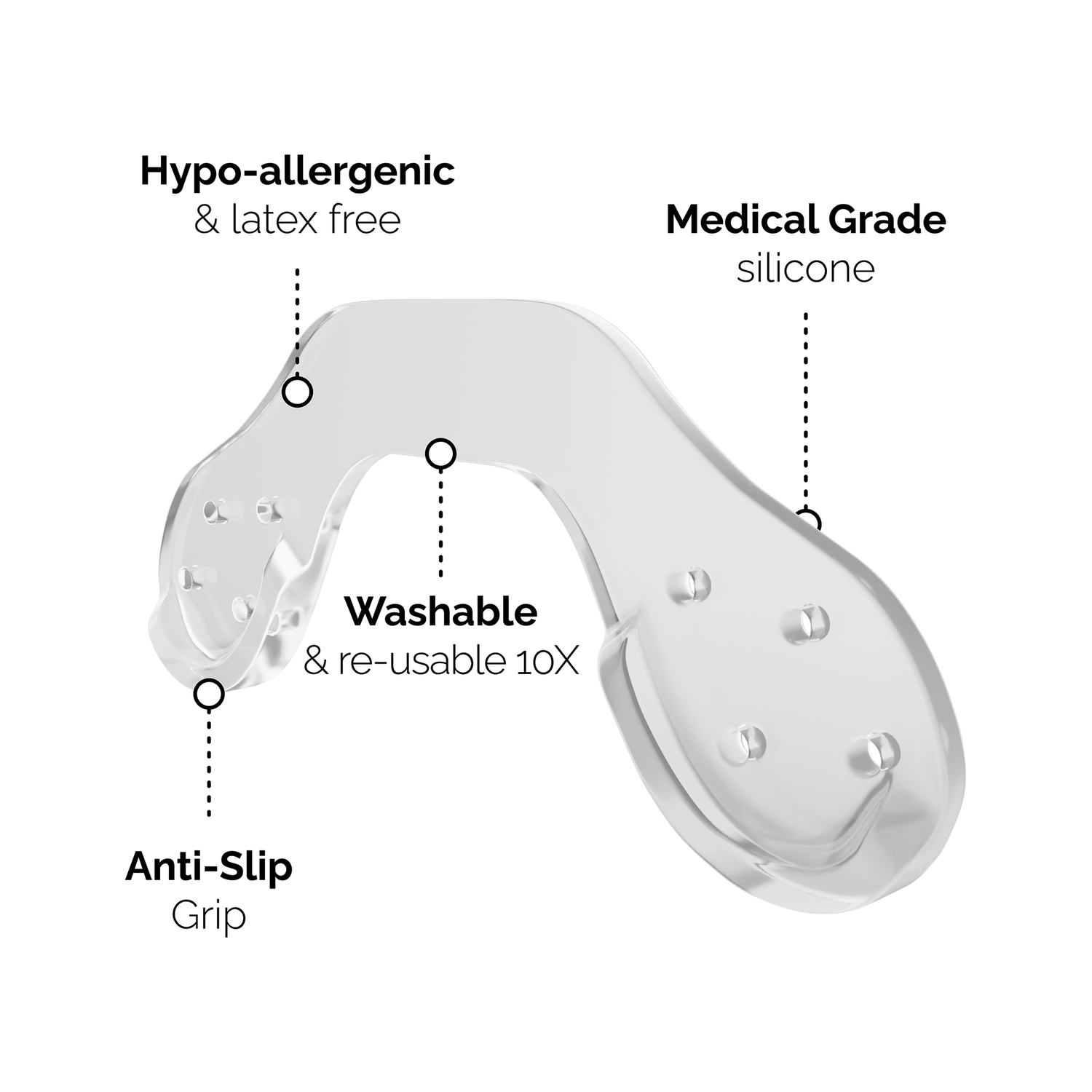
Thoughtfully designed with your skin in mind
OptiStrips, with it's patent-pending design was developed by a licensed esthetician to address the damage and discomfort glasses can cause. Acting as a second skin, they provide a protective barrier with ventilation holes for breathability and anti-slip grips for a secure fit.
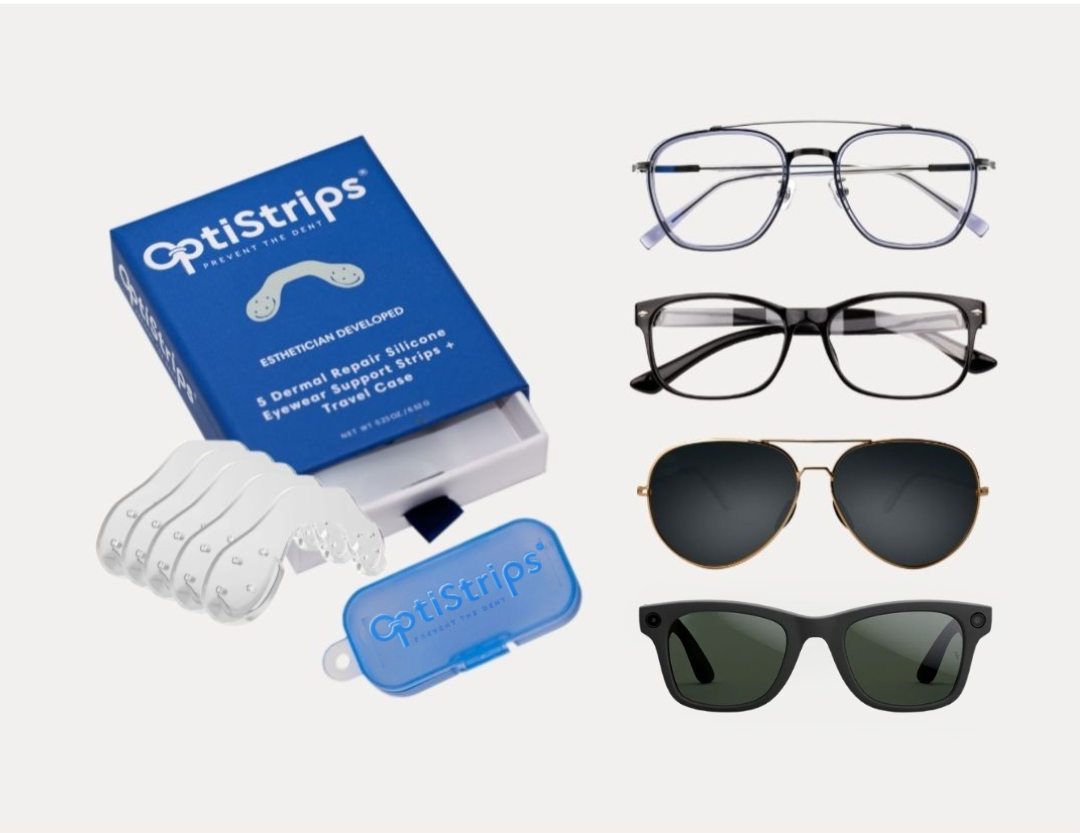
OptiStrips works for all types of eyewear.
- Prescription Glasses
- Sunglasses
- Nose Pad Frames
- Plastic Frames
- Smart Glasses
- Medical Loupes
Say Goodbye to Indent Marks
Discover the difference with OptiStrips! Our silicone nose strip not only prevents new marks but also gently fades existing ones, so you can wear your glasses without worry.
AFTER
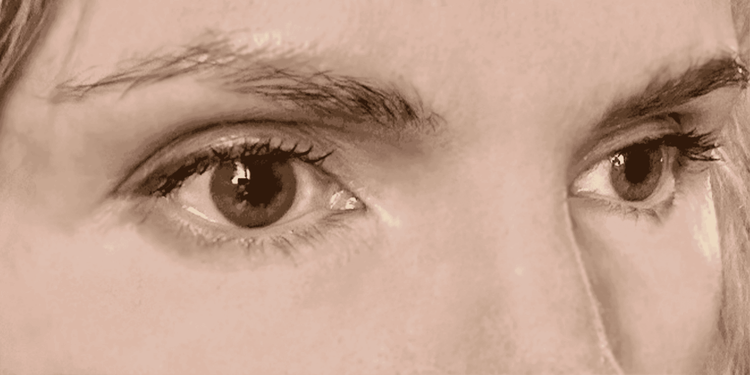
BEFORE
